Table of Contents
Choosing the right pillow is essential for a good night’s sleep. With so many options on the market, it can be overwhelming to know which pillow filling material is right for you. In this article, we’ll explore 15 common pillow fillings, their advantages, and a few downsides to help you make an informed decision.
1. Latex
Pros:
- Naturally resistant to dust mites and bacteria, keeping your pillow fresh and hygienic.
- Extremely durable, lasting for many years without losing shape.
- Provides excellent support and alignment for the neck and spine.
Cons: - Can feel too firm for some people.
- Higher price compared to other pillow materials.

2. Memory Foam
Pros:
- Molds perfectly to the shape of your head and neck, providing customized support.
- Reduces pressure points, helping to relieve pain.
- Durable and retains its shape over long-term use.
Cons: - Can trap heat, leading to discomfort for hot sleepers.
- May have an initial chemical smell when new.


3. Gel Foam
Pros:
- Provides a cooling effect, great for hot sleepers.
- Evenly distributes weight, reducing pressure on the neck and shoulders.
- Offers better airflow compared to traditional memory foam.
Cons: - Can be heavy or dense for some users.
- The cooling effect may decrease over time.

4. Microfiber Polyfill
Pros:
- Soft, lightweight, and mimics the feel of down.
- Budget-friendly and widely available.
- Hypoallergenic, making it ideal for allergy sufferers.
Cons: - Tends to flatten and lose shape over time.
- May trap heat, making it less breathable than other materials.

5. Snow Ball Fiber (Pearl Cotton)
In order to reduce the impact of washing on thickness and fluffiness, many of our products use snowball filling. Additionally, we use baby-grade microwave antibacterial and anti-mite treatment, which helps create a cleaner sleep environment.
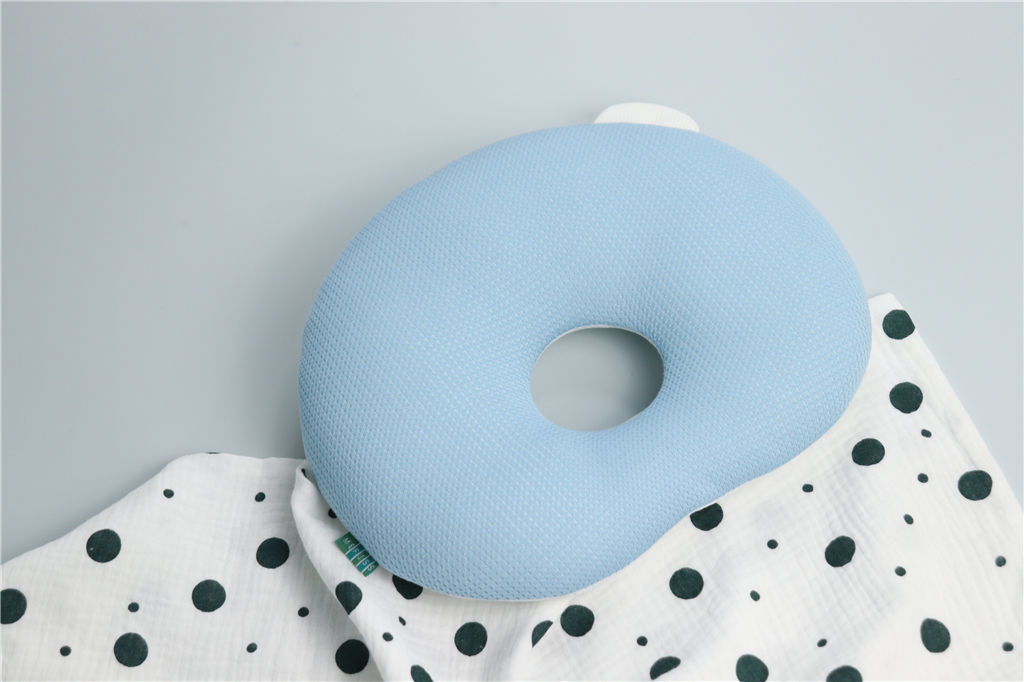


Pros:
- Fluffy and resilient, maintains its shape even after washing.
- Breathable, helping to wick moisture and keep you cool.
- More flexible due to its small ball, it springs back better than PP cotton.
Cons: - Higher price than common microfiber
- Provides less support than denser fillings.

6. Dacron™ Air-thru Polyfill
Pros:
- Breathable, with smart humidity control for a cool, dry sleep.
- Lightweight and retains its fluffiness after multiple washes.
- No oil added, it absorbs moisture much better than common polyfill.
Cons: - Higher price than common microfiber
- Limited firmness options.


7. Q-soft Air Tube
In many products that require flexibility, we use tubes, which offer better neck support compared to fibers.


Pros:
- Extremely breathable and wicks away moisture, keeping you dry.
- Soft, quiet, and provides even support for restful sleep.
- Antibacterial and anti-mite, offering a hygienic solution.
Cons: - May not offer enough firmness for some sleepers.
- Higher price than common microfiber.

8. PE Tube
Pros:
- Provides stronger support than Q-soft tubes.
- Flexible and durable, adapting well to your sleeping position.
- Washable and breathable for long-term hygiene.
Cons: - May feel too firm for some users.
- Lacks the plush comfort of softer materials.
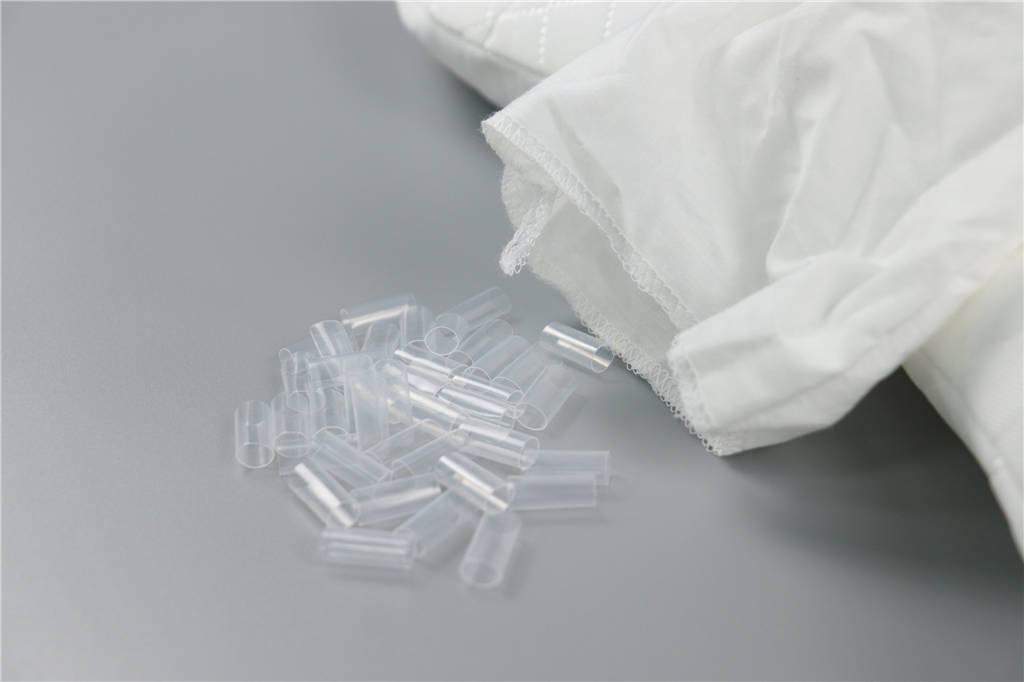
9. Loofah Silicone
This material is currently very popular in China because it has holes throughout, making it highly breathable. The material is soft, antibacterial, and mite-resistant.


Pros:
- Highly resilient, maintaining shape and support over time.
- Excellent heat and moisture dispersion, keeping the pillow cool.
- Antibacterial and resistant to dust mites, ideal for hygienic use.
Cons: - Generally more expensive than other pillow fillings.
- May not offer the same softness as down or polyfill.


10. Silk
Pros:
- Soft and luxurious, providing a smooth and gentle sleep surface.
- Naturally hypoallergenic and excellent at regulating temperature.
- Absorbs moisture, keeping your pillow dry and fresh.
Cons: - More expensive than many other materials.
- Requires careful maintenance and can be harder to clean.
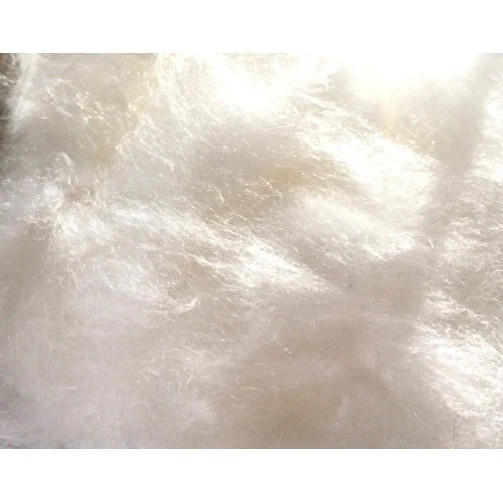
11. Wool
Pros:
- Naturally regulates temperature, keeping you warm in winter and cool in summer.
- Moisture-wicking and hypoallergenic, great for sensitive users.
- Long-lasting and eco-friendly.
Cons: - Can feel too firm for those who prefer softer pillows.
- Requires regular fluffing to maintain loft.

12. 3D Mesh
We have been operating a spacer mesh weaving factory Mefiss Textile since 2010 (www.spacermesh.com) , specializing in the production of spacer mesh in various thicknesses and levels of softness and firmness. Many of these materials are used in pillows, providing greater breathability and resilience to the products.

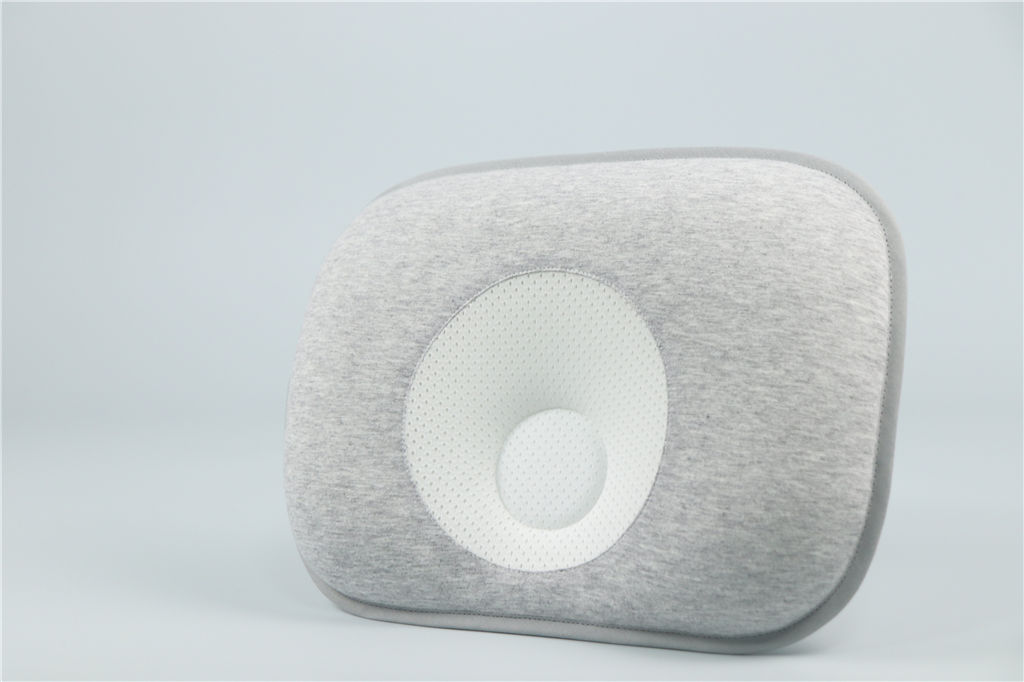
Pros:
- Excellent breathability, preventing overheating during sleep.
- Durable, easy to wash, and quick-drying.
- Provides strong support with long-lasting elasticity.
Cons: - May feel too firm for those seeking softer pillows.
- Less plush compared to down or fiberfill materials.


13. Down
Pros:
- Incredibly soft and lightweight, conforming to your shape.
- Offers a luxurious, cozy feel that’s hard to match.
- Breathable, allowing air circulation and natural insulation.
Cons: - Can cause allergies for some individuals.
- Loses loft and shape over time and requires regular fluffing.

14. Buckwheat Hulls
Pros:
- Provides firm, adjustable support for the head and neck.
- Excellent airflow, keeping the pillow cool.
- Natural and eco-friendly, suitable for those seeking organic materials.
Cons: - Can be noisy as the hulls move around.
- Feels heavier and firmer than most other options.

15. EPS Beads

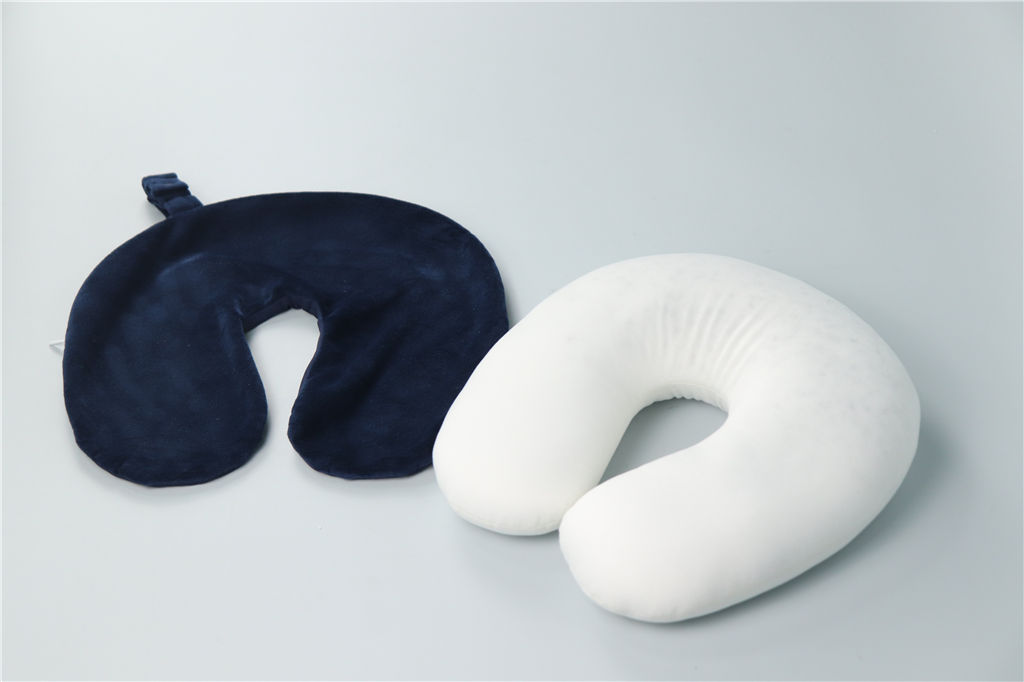
Pros:
- Lightweight and moldable, conforming to your shape with ease.
- Excellent pressure relief, reducing strain on the neck and shoulders.
- Hypoallergenic and resistant to bacterial growth.
Cons: - May lose volume and require refilling over time.
- Beads can shift, causing uneven support.

Choosing the right pillow filling is key to improving your sleep quality. Whether you prefer the firm support of buckwheat hulls or the plush comfort of down, understanding the pros and cons of each material will help you find the perfect fit for your needs. Always consider your personal sleep preferences and any specific health requirements when selecting a pillow.
By offering insights into the materials available on the market, this guide aims to help you find the pillow that provides optimal comfort and support for a restful night’s sleep.




